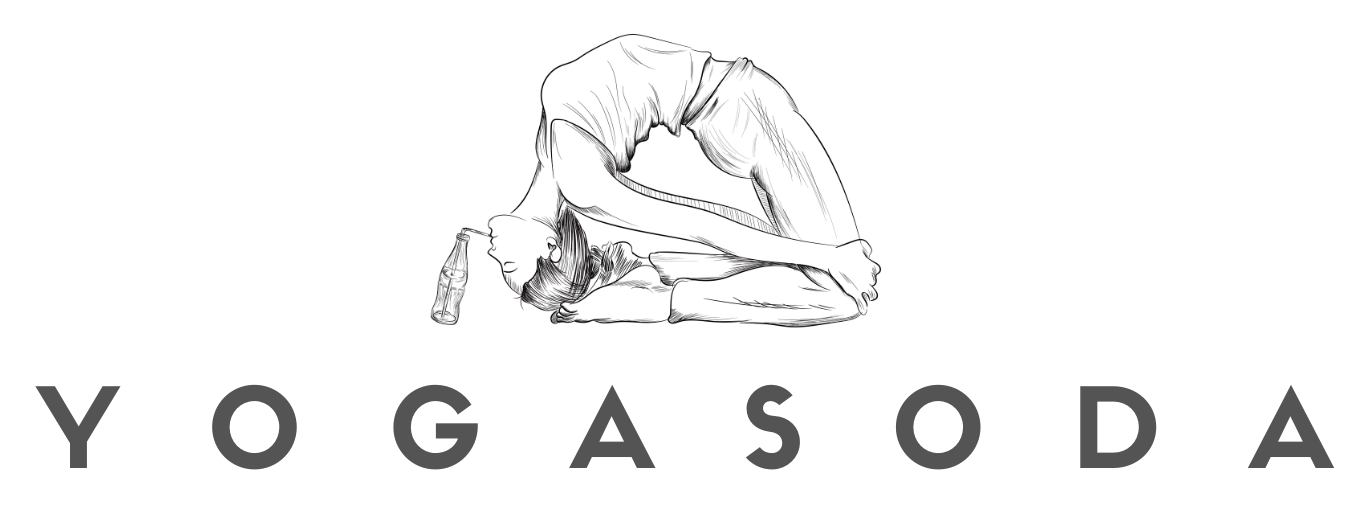Dolphin Plank Pose
Chulukyasansa (Dolphin Plank Pose) is the advanced version of the classic plank. This type of plank is done with great help from your elbows, you lean on them, and that way we work the muscles below the abdomen. It is a little more challenging than the regular plank pose, but it is not impossible. Also, this variation of the famous plank is aimed at the upper back and shoulder muscles.
How to do it (step-by-step)
1. Lie on your stomach with your legs outstretched, feet hip-width apart.
2. Inhale and slowly lift your torso and lean on your elbows. Your elbows should be just below the shoulders. Your arms should be parallel to your body at a distance equal to your shoulders. To make it more comfortable, you can clasp your hands together.
3. Bend your toes and gently press against the floor. Slowly raise your pelvis so that your whole body is in a straight line. Keep looking at one point on the floor in front of your palms. The weight is distributed on the toes and elbows.
4. Keep your head straight with the body. Relax your shoulders. Remember to breathe deep and slow. If you feel tension somewhere in your body, consciously direct your breath to that area.
5. Stay in the position for 20-30 seconds. Exhale and slowly get out of position by lowering your body to the floor.
Benefits
Physical benefits from Chulukyasansa: strengthens the abdominal muscles; strengthens your arms, legs, and hips; strengthens the upper back and shoulders; stretches the spine; improves your posture.
Mental benefits from Chulukyasansa: rejuvenates the body; calms the mind; reduces the symptoms of depression.
You should avoid this pose if you have: a back, arm, or shoulder injury; are pregnant.
Regular practice of this pose affects Muladhara (Root) Chakra and Svadisthana (Sacral) Chakra.

